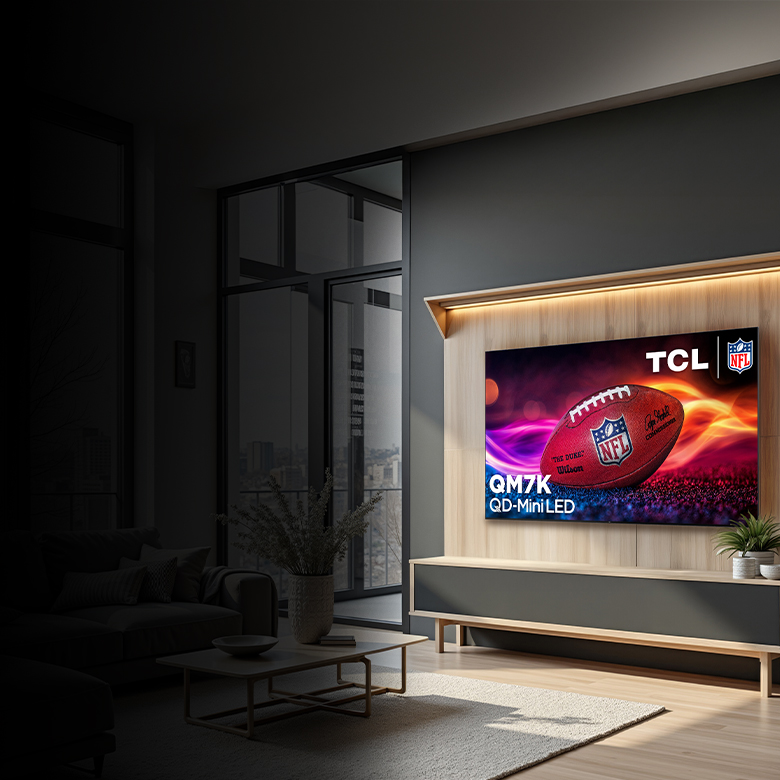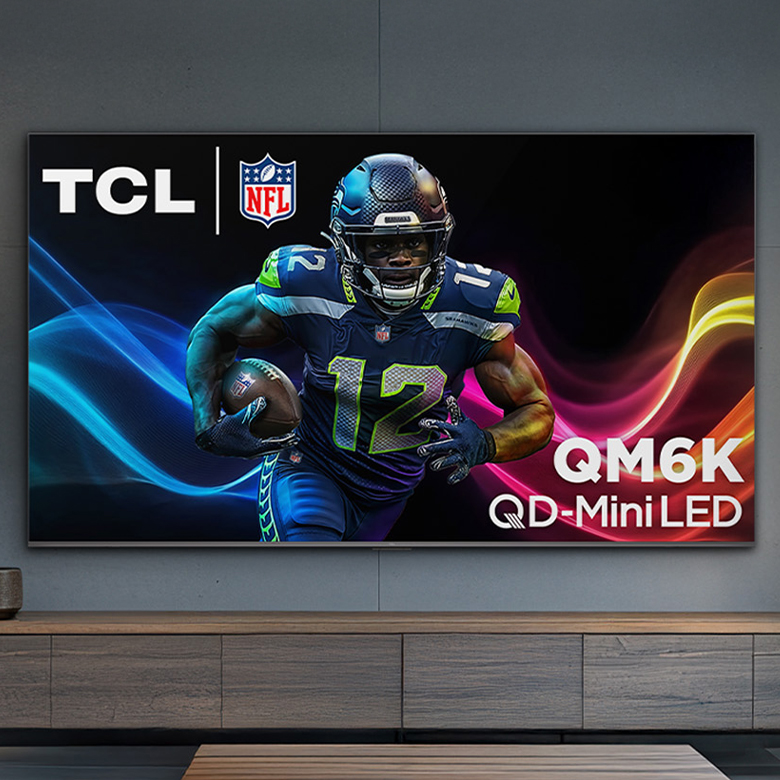In the world of televisions, technology can come and go. There are few technologies that we would call “game changers.” Think of 3D, glasses-free 3D, curved screens—all have passionate customers, but certainly don’t appeal to everyone.
But aside from these niche technologies, there’s one recent technology that has helped to deliver truly “game changing” picture performance for everyone, and that’s HDR or High Dynamic Range.
Although HDR is finding its way into more movies, TV shows, and video games, this technology could rarely be found in broadcast television—until now. Recently, Fox Sports’ Thursday Night Football was shown in 4K HDR for the first time. This is a HUGE milestone for broadcast television, letting viewers enjoy HDR’s improved brightness, contrast, and color-accuracy each Thursday throughout the season, so long as they have the right HDR TV.
To help explain the benefit of HDR and why it’s so important, let me explain below in my own, very unscientific explanation.
What is High Dynamic Range (HDR)?
The term HDR came from world of photography, but it’s different when it’s applied to TVs. It basically describes all the technology that allows TVs to perform and deliver a great picture at the extreme edges of the “performance envelope” where scenes have really dark or really bright content. In a traditional TV showing non-HDR content, if a scene is dark, the TV might not distinguish between a black part of the scene and an almost black part of the scene. The TV just makes it all black. This can make things hard to watch, and the most infamous scene that illustrates this effect is “that scene” in episode 3 of Game of Thrones. Many frustrated viewers couldn’t tell what was happening because everything was just black.
On the other end of the spectrum, if you go outside on a partly cloudy day and look at a puffy cloud, you’ll see many subtle shades and textures, which helps you get a sense of size and depth. On a TV with Standard Dynamic Range, the TV can’t reproduce those subtle highlights, so it just says, “Oh heck, just make everything white.”
A combined issue would be to try to do these things simultaneously. If you’ve ever taken a picture of someone with your cell phone in front of a window on a sunny day, you have a small glimpse of what moviemakers, content providers, and TV manufactures all wrestle with. As the photographer, you generally have the choice between seeing the person clearly (with all of landscape behind them washed out) or seeing the beautiful landscape (with your friend in the foreground becoming just a silhouette). But, if you lower your phone and look, you can see both clearly...basically your eyes have HDR! Well, now TVs can do that too.
There’s a lot that goes into making HDR work in the content you’re watching on TV. It needs to get filmed and mastered in HDR by the studio, sent in HDR to the provider or service, and displayed in HDR by the TV. Sent along with the movie to the TV is a key piece of the puzzle called electronic metadata. Basically, this is a piece of data that tells the TV “Hey! This show is in HDR, so act accordingly!” This helps the TV display all those glorious details, shades, and colors, as the moviemakers intended. It also tells the TV how the movie is supposed to look. Basically, consider the look of the new movie Aladdin—vivid colors, incredible vibrancy. Then consider the show I mentioned earlier, Game of Thrones—lots of deep blacks and gloomy greys. Those are specific choices made by the creators to set the tone, and HDR helps that out.
HDR Formats
If you’re still with me, let’s look at the different types of HDR used by TCL TVs. To give customers the best viewing experience, TCL’s 4-, 5-, 6- and 8-Series TVs use the mostly widely accepted HDR formats for movies, TV shows, and video games: HDR10 and Dolby Vision. I would very scientifically describe them this way: HDR10 is “Awesome” and Dolby Vision is “Wicked Awesome!”
One of the main differences that makes Dolby Vision the crown jewel in the HDR range is that it uses “Dynamic Electronic Metadata.” Basically, this means that instead of sending one piece of data telling the TV how the movie looks, there is data sent on a scene-by-scene or even frame-by-frame basis. This detailed information allows the TV to equally optimize its performance for those vibrant outdoor scenes in Aladdin, as well as the nighttime cave scenes that require great shadow detail. There are tons of specs (nits, bit rate, etc.) and engineering behind how this works, but I’ll just continue to think it’s magic.
In addition, this year TCL is also proud to support HLG, which stands for Hybrid Log Gamma. Basically, this is a format, available on 5-, 6-, and 8-Series, allows live TV broadcasts to show the benefits of HDR.
Finally, Football in 4K HDR
Excitingly, the NFL this year is starting to broadcast Thursday night games in 4K and HDR using HLG. This is a HUGE milestone for broadcast television, marking the first time ever that football will be in 4K HDR.
To see the games in this format, the best place to watch it is on Fox Sports, which is serving a 4K HDR feed to several cable and satellite partners. Watching on a 2019 TCL 5-, 6-, or 8-Series TV will let you enjoy both 4K clarity and HDR contrast and color with support for all major HDR formats, including HLG. You can experience the game in 4K on streaming apps like Fox Sports or Fox Now, as well as FuboTV and Amazon Prime Video.
HDR will let you watch the sport in whole new light, with a more realistic sense of color and contrast. The reflection of light on the helmets, the green of the grass, and the colors on the uniforms, will be more lifelike, as if you were sitting right there in the stands.
Get in the Game
So, as more content is enhanced with this “game changing” technology, you’ll be able to experience your favorite entertainment with higher resolution and a full pallet of rich colors. Thankfully, the engineers at TCL have been working nonstop to make sure that whatever you’re enjoying, your picture is as crisp and clear as you ever hoped it could be!



share